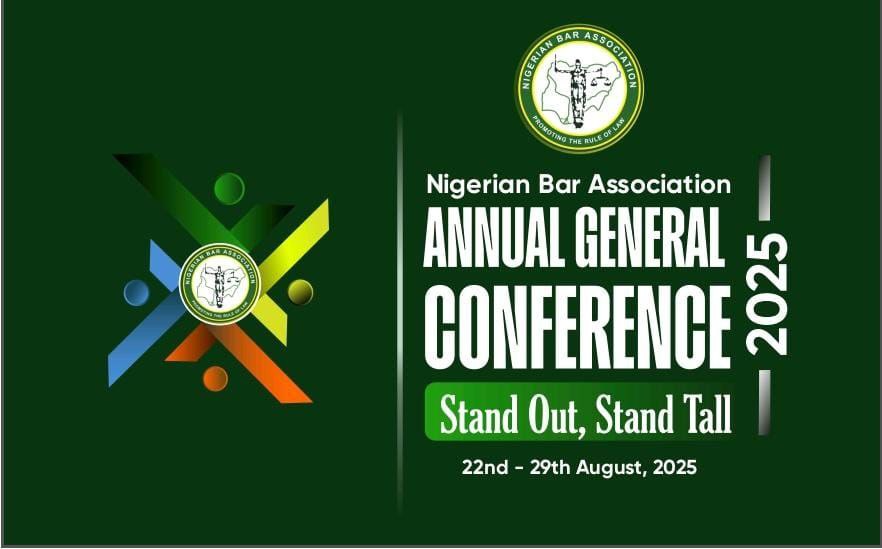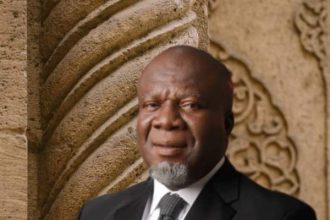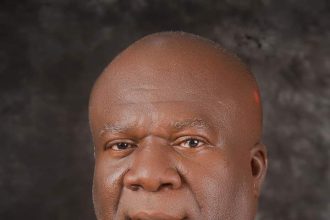Effective appeal-strategy development calls for judgment, discipline, and courage on your part: the good judgment to choose the strongest grounds; the discipline to direct the court’s attention to those grounds alone; and the courage to forego weak grounds, tempting as they may be. Richard K. Neumann Jr & Kristen Konrad Tiscione, Legal Reasoning and Legal Writing, 7th ed. (Wolters Kluwer, 2013), 330.
Mature appeal-strategy development would scarcely generate more than three grounds of appeal. You risk pulverizing your theory when you add “weaker grounds to the two or three best ones available.
The weaker grounds by their mere assertion cheapen the stronger ones and take up room … better used to more fully develop the grounds most likely to cause reversal.” Ibid.
If you’re for the appellant, ferret out and show reversible error plus injustice below. Judges are concerned about fairness and justice. You must show not only error below, but also injustice.

“If you can convince the appellate judges that the court below is wrong as an intellectual matter but leave them with the impression that no worthwhile damage was done, the prior result will be affirmed.” Edward J. Lampron, ‘Observations on Appellate Advocacy,’ 14 New Hampshire Bar Journal (No. 3, Winter 1973), 105, 106.
Appellate courts are not in the business of correcting academic errors committed below, but of righting wrongs capable of being righted.
If you’re for the respondent, endeavor to show absence of reversible error or injustice below. Although you can prevail by showing either “an absence of error or an absence of harm, the wiser strategy is to try to show both, if that can credibly be argued.” Neumann & Tiscione, 330.
As the respondent’s attorney, try to show both that (a) no reversible error was committed below; and that (b) no injustice was done below. If there was error, is it legitimately reversible on appeal? Mere presence of lower-court error doesn’t suffice for appellate intervention.
Even if reversible error took place below, what harm has been done? If no significant injustice was occasioned, the appellate court may not want to disturb the result from downstairs.

As the appellant’s attorney, limit your prayers to what’s necessary to solve the case in your favor. Don’t expand your relief to encompass any adventurous doctrine. Don’t treat your client’s case as strategic-impact or public-interest litigation.
“Most judges don’t believe that their purpose on the bench is to change society in fundamental ways, and you’ll have a better chance to win if your theory asks only for those changes that are truly necessary to the result you want.” Neumann & Tiscione, 330.
Whichever side you’re on, firmly rest your theory on (public) policy whenever possible. Appellate justices are concerned about the consequences or repercussions of their decisions beyond the parties and the case.
They look beyond the specific case and peer into the future to secure salutary results for the jurisdiction, not just for the parties. They realize that they’re setting precedents and worry about how those precedents will affect future cases. It’s your job to reassure the appellate judiciary of the auspicious destiny of a decision in your favor.
Read More:
Chinua Asuzu: Who are you to order a judge to “see” or “see also” anything?










